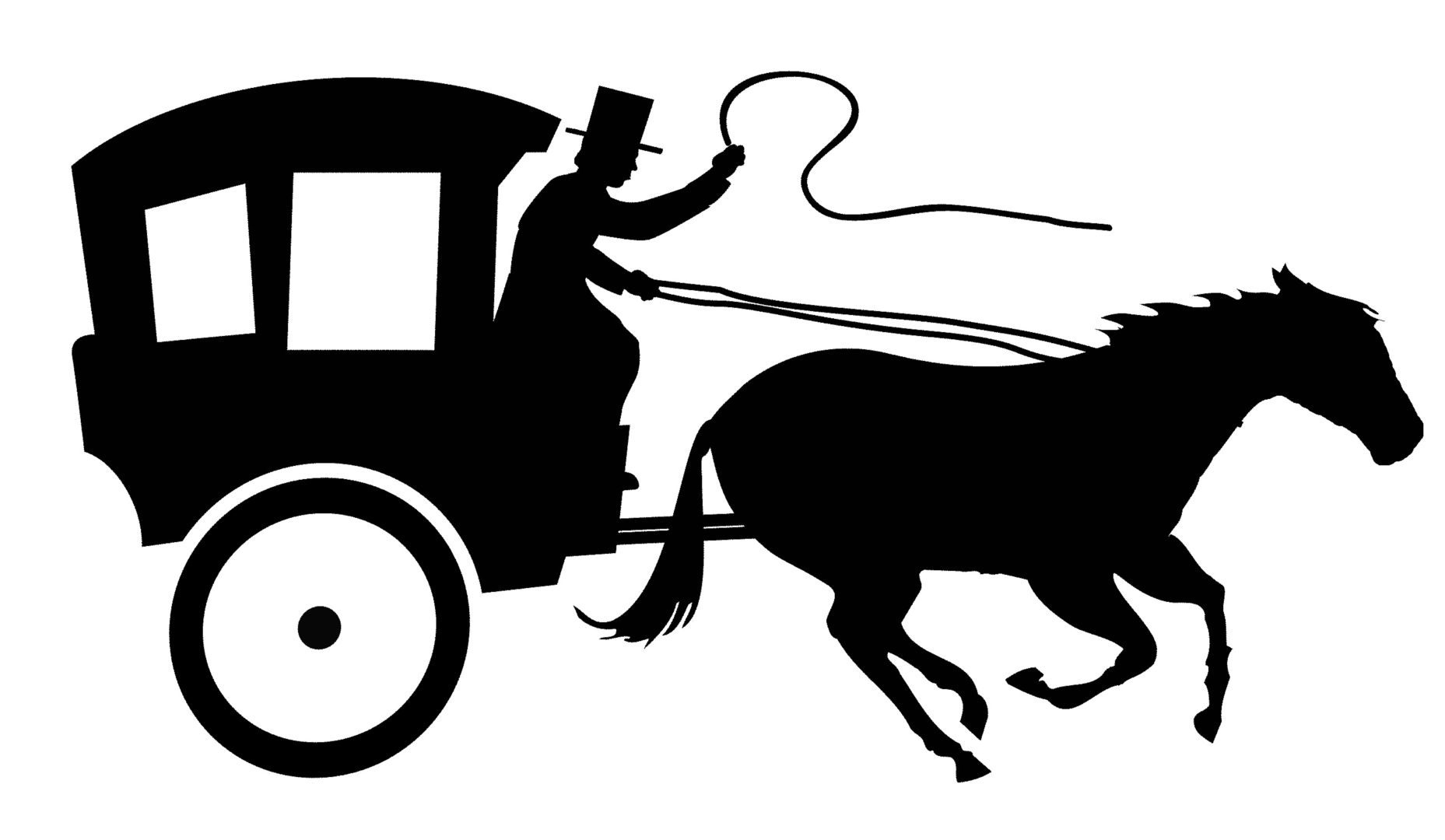Haines Eason

by Melissa Kwasny
Lost Horse Press
2006
$18
University of Montana graduate Melissa Kwasny’s recent poetry collection, Thistle, published by Lost Horse Press, gathers as its cause a wide-ranging sheaf of Mountain West flora. These Ovid-esque poems expand from the names of flowers, herbs, or other plants – “Mullein” is introduced as sickly sweet, persevering by a roadside, “Iris” keeps close an alluring indifference, “unblossomed in silt.” In Thistle the speaker is more often than not grafted with plant, and memory is inextricably rooted in setting. These two hybrid entities mingle in a sparse, vertical form to produce a body of poems that can sometimes startle. From “Iris”:
My neighbor believes
that men must learn to be
on earth, and that
women must learn to be gods.
The tiger-striped eye
peeks out from its lids.
Why, it seems to ask,
or why not? I mean
what does it care
for the future of its tribe?
Kwasny’s concern for humanity’s future – dependent as it is upon flawed, self-determined workings – is moving and at times profound. The sheepish yet laissez-faire spirit of the Iris mocks humankind’s aspirations just as its simultaneous aggression (“tiger-eye”) is shown foolish by the flower’s diminutive stature. Both sides of this particular rendezvous – the human world and the Iris’ – are moot in the face of singular survival and inherent nature. But so persistent is Kwasny’s fear of our inherent recklessness that Thistle comes to represent an Ark in its litany. And maybe memory is well served by lists, as bare facts upon later recollection insist the witness take creative license to reanimate them. Additionally, the list is the last refuge for an environment siphoned daily of its creatures and plants – Spring arrives in mid-winter with buds which, believing this to be their true time, are instead burned away when cold reasserts. We may more and more be required to remember the blossoms that came in winter when seeking them in their proper hour.
But does a quiet list of flora lost to ravage truly return those plants to either the present or to memory? Whatever the answer, Thistle is tight to its subjects in the mode of Mary Oliver, and it shares Oliver’s ability to be stark and vigorous in one breath. Further, Kwasny defies the stark and hews to a vigorousness that, as Octavio Paz demands, allows a poetry that is “a model of survival.” Thistle is not a compendium of odes so much as it is a collection of attempts to animate dwindling plantstock via close study. Such proximity is prayer.
In an interview with Willow Springs Kwasny reveals a desire to demonstrate the broad reach of all the countless minutiae around us: “in Thistle I’m working with a very tight image, tight focus … [t]he paradox is that the tighter the focus, the more it reveals an entire world.” Each of these poems is indeed an entire world, hermetic and sustained. These poems bloom outward from the small fact of their being to label themselves alive.
Haines Eason’s poems appear in The Yale Review, New England Review, Cimarron Review and Smartish Pace. He was a finalist for the 2007 Ruth Lilly Fellowship, and the 2008 Third Coast Poetry Award.

